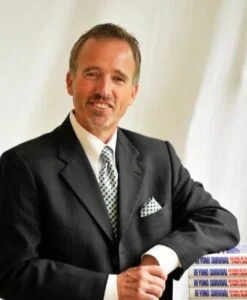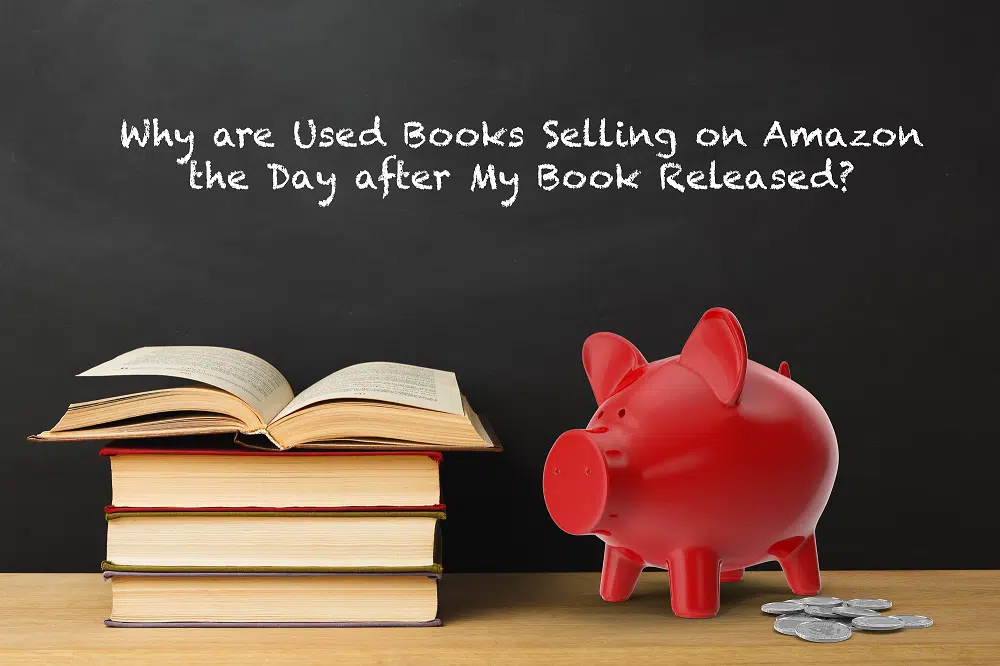Writing, designing and publishing a book is an ambitious task, and when done correctly, is incredibly rewarding. It is also a difficult road to travel, given all the forks in the road along the way. After all the hard work you’ve put into writing and publishing, it is a wonderful feeling to see your book for sale in big retailers, including Amazon.com.
A frequent question from thousands of new authors arises each year, however, and very few people know the answer. Here is the common question asked by authors:
“How come there are used books available for sale on Amazon the day after the book gets published?”
It is a valid question, right? I mean, who reads a book in one day, and how does Amazon get access to used book inventory that quickly?
A number of years ago, Amazon launched a service called the Amazon Marketplace. This marketplace is a bit like Amazon’s answer to eBay, where Amazon enables anyone to resell used products on the marketplace. This includes selling used books.
Then, Amazon created services to enable wholesalers to list products on the marketplace called Amazon Seller and Amazon Vendor Central. Using these accounts, people can write software to automatically list new products on Amazon and change the prices of these products based on various triggers in order to always have the lowest price.
These vendors look for new book listings automatically, then re-list the books at a lower price than Amazon is currently offering. Sometimes they even classify the books as Used, despite that they are purchasing new book inventory from wholesalers like Ingram Wholesale.
When a company registers as a vendor with Amazon Vendor Central, Amazon can become a full-time distributor of your products. Amazon may purchase and store the inventory, as well as take care of everything from shipping and pricing to customer service and returns.
With books, these vendors often will only buy book inventory when an order is placed and will ship the product to the end-user (virtually). They use a method called “drop shipping” and the vendor will never take possession of the inventory.
Coincidentally, some of these “Used” books ship from the same central warehouse (such as Ingram Wholesale), which is where Amazon purchases its own “new” inventory. For the author, they earn a similar royalty income from these vendors as the book shipments originate from a network of centralized warehouses stocked with new books.
Given enough time, there will be “legitimate” used books in circulation, which anyone can resell as “Used” books on Amazon. It is also important to note that once a book gets registered as a new product, then that product listing will stay on Amazon indefinitely (so Amazon can sell Used products). Some authors have raised questions when attempting to remove a book from Amazon’s catalog. In many cases, once your book has been put up for sale on Amazon, it will remain there for years to come.
So, now you know the rest of the story behind why Used books can be offered for sale on Amazon, sometimes as soon as the first day of a book launch. I sincerely hope your journey as a published author is an incredible one!


